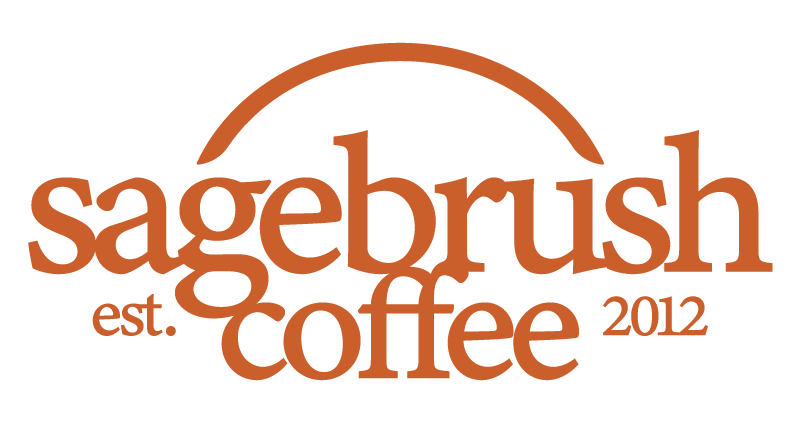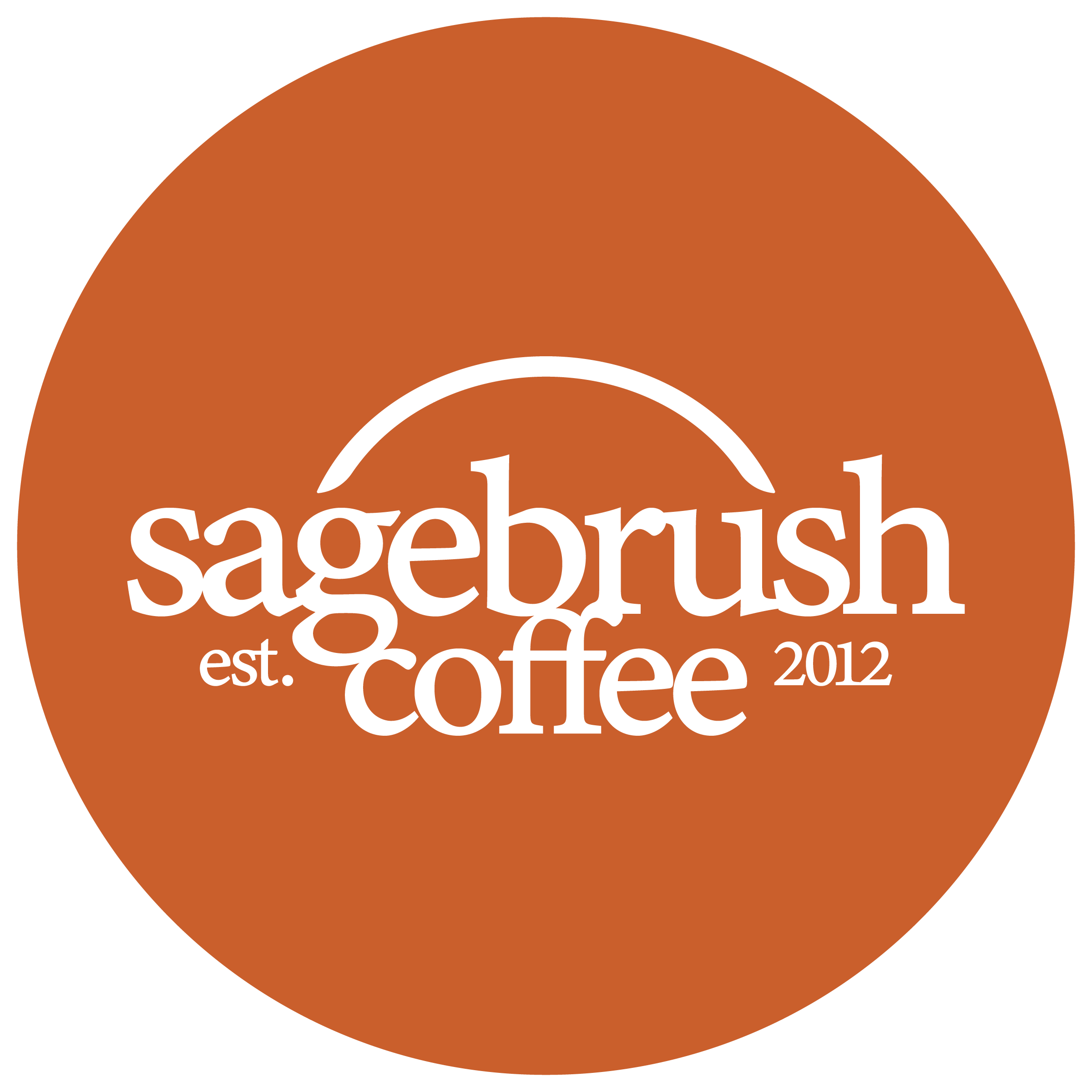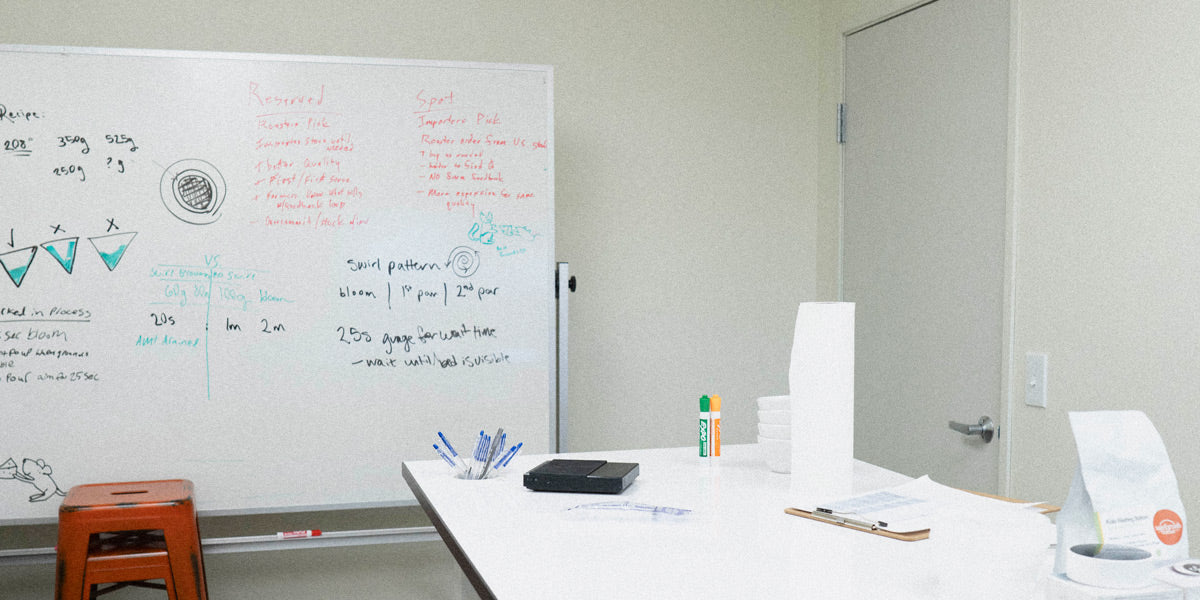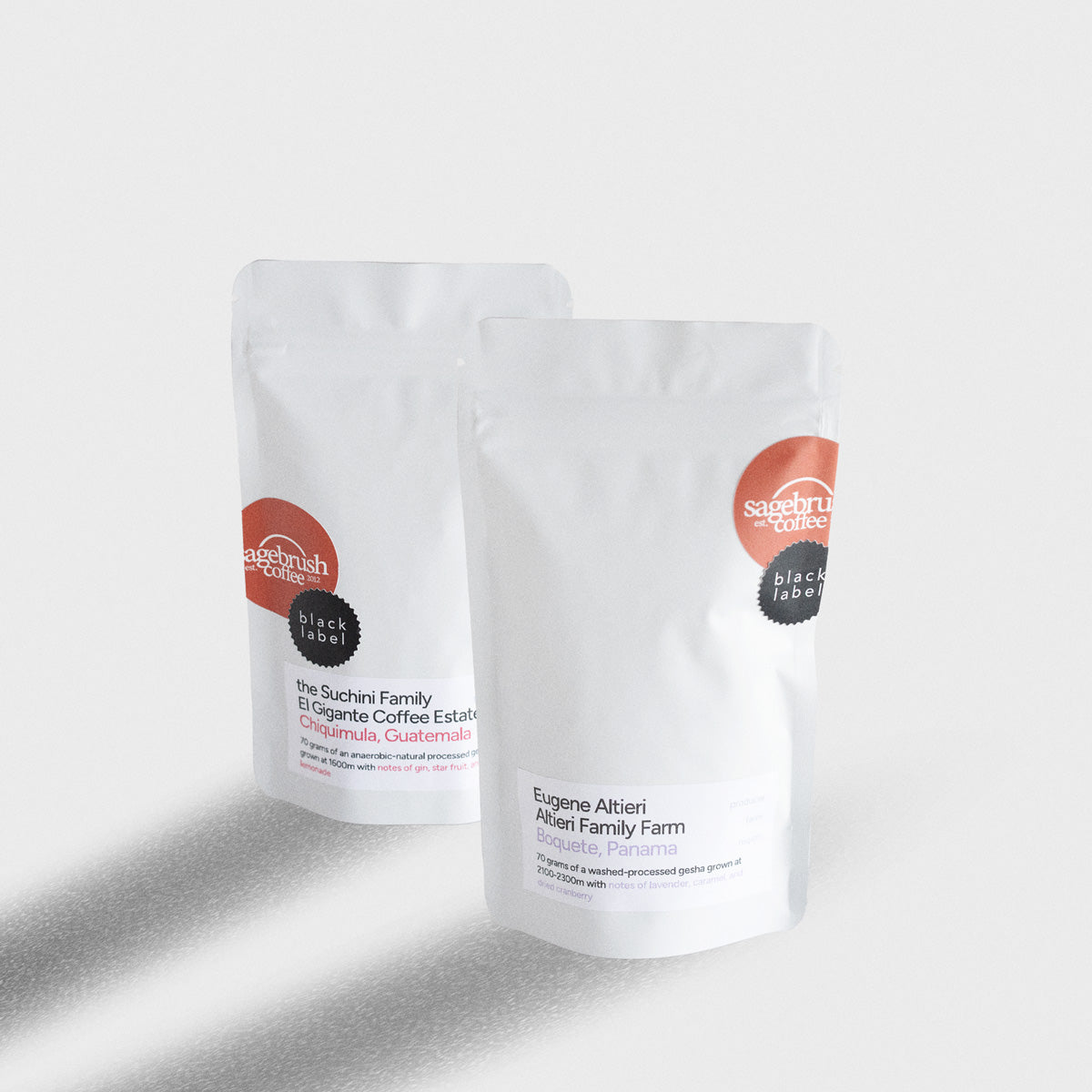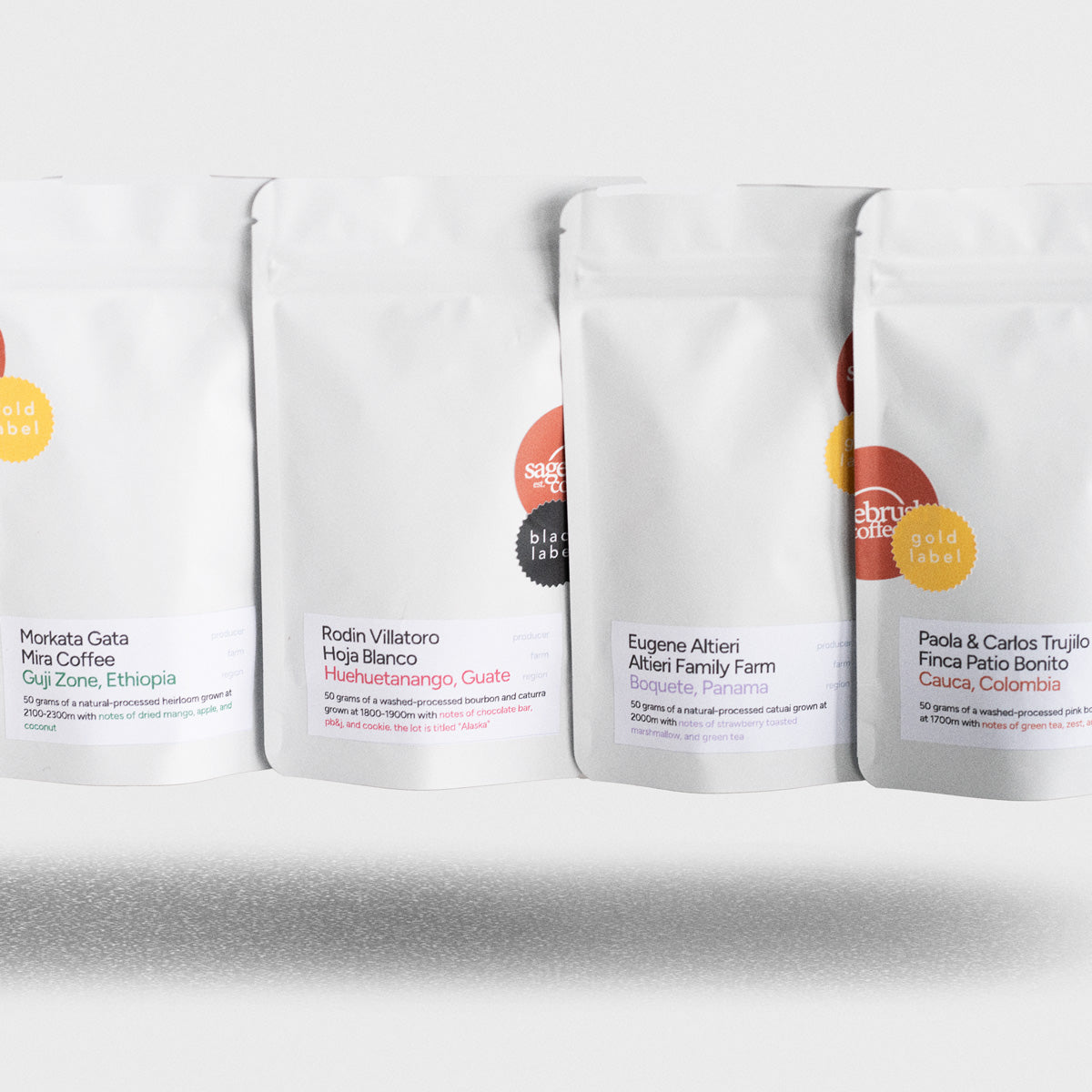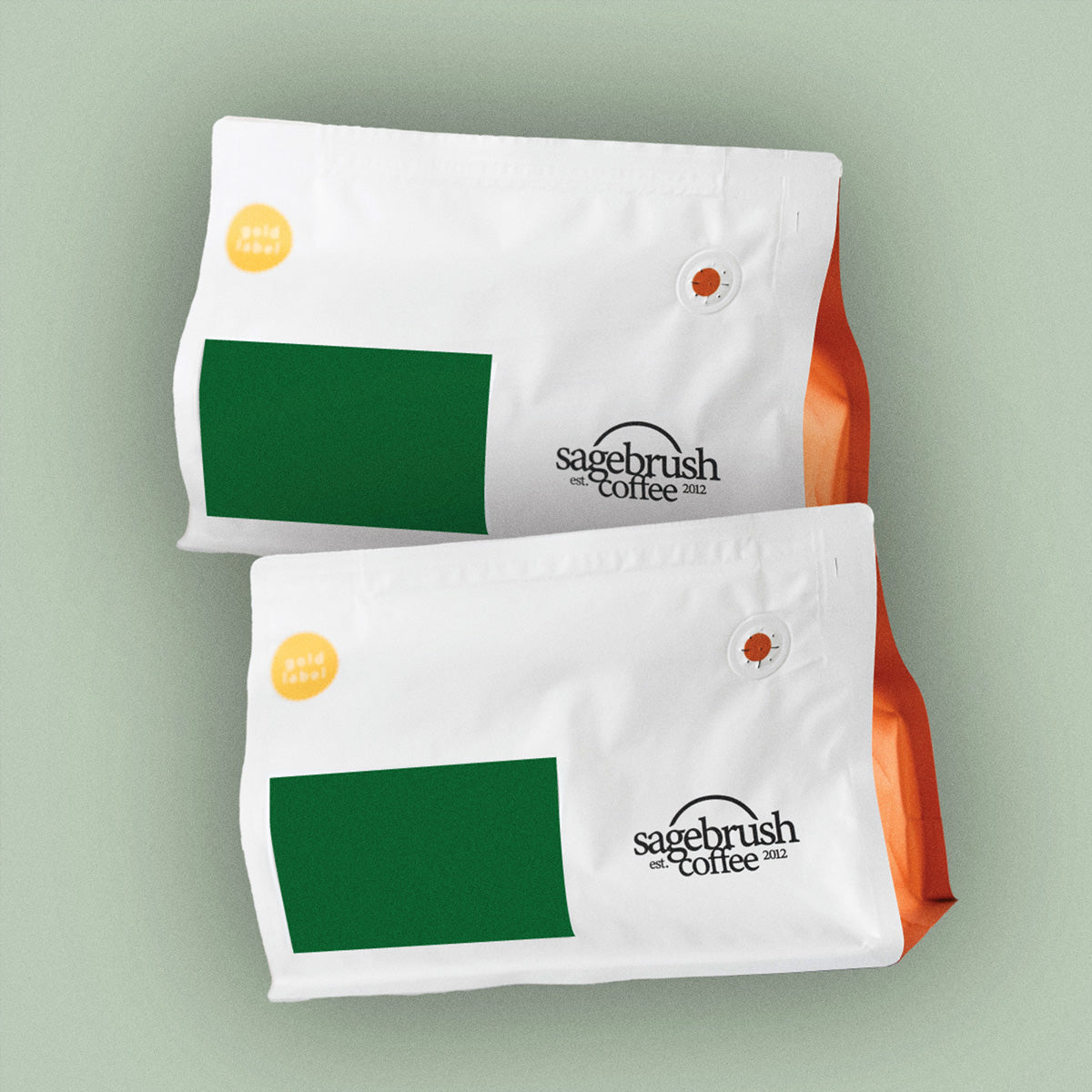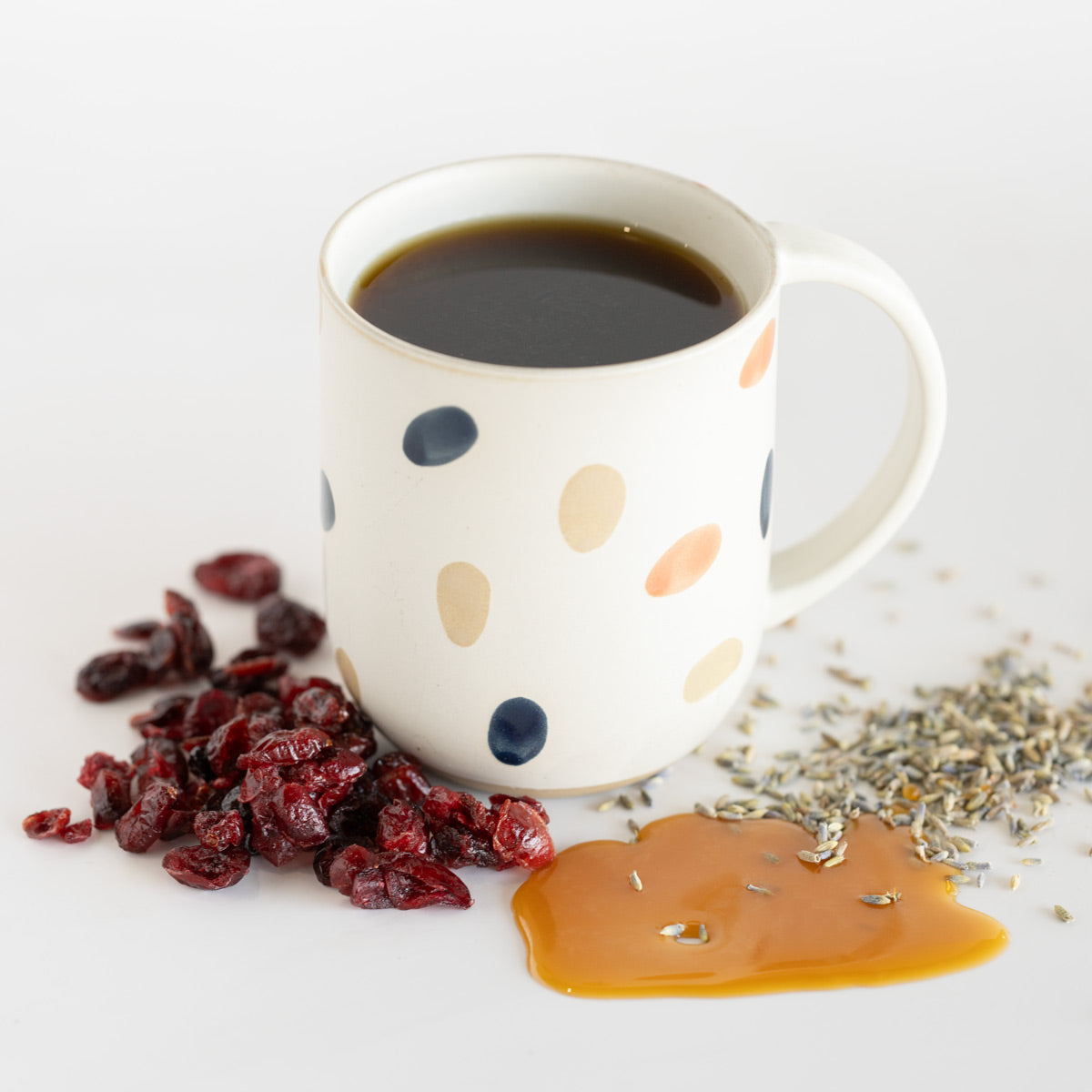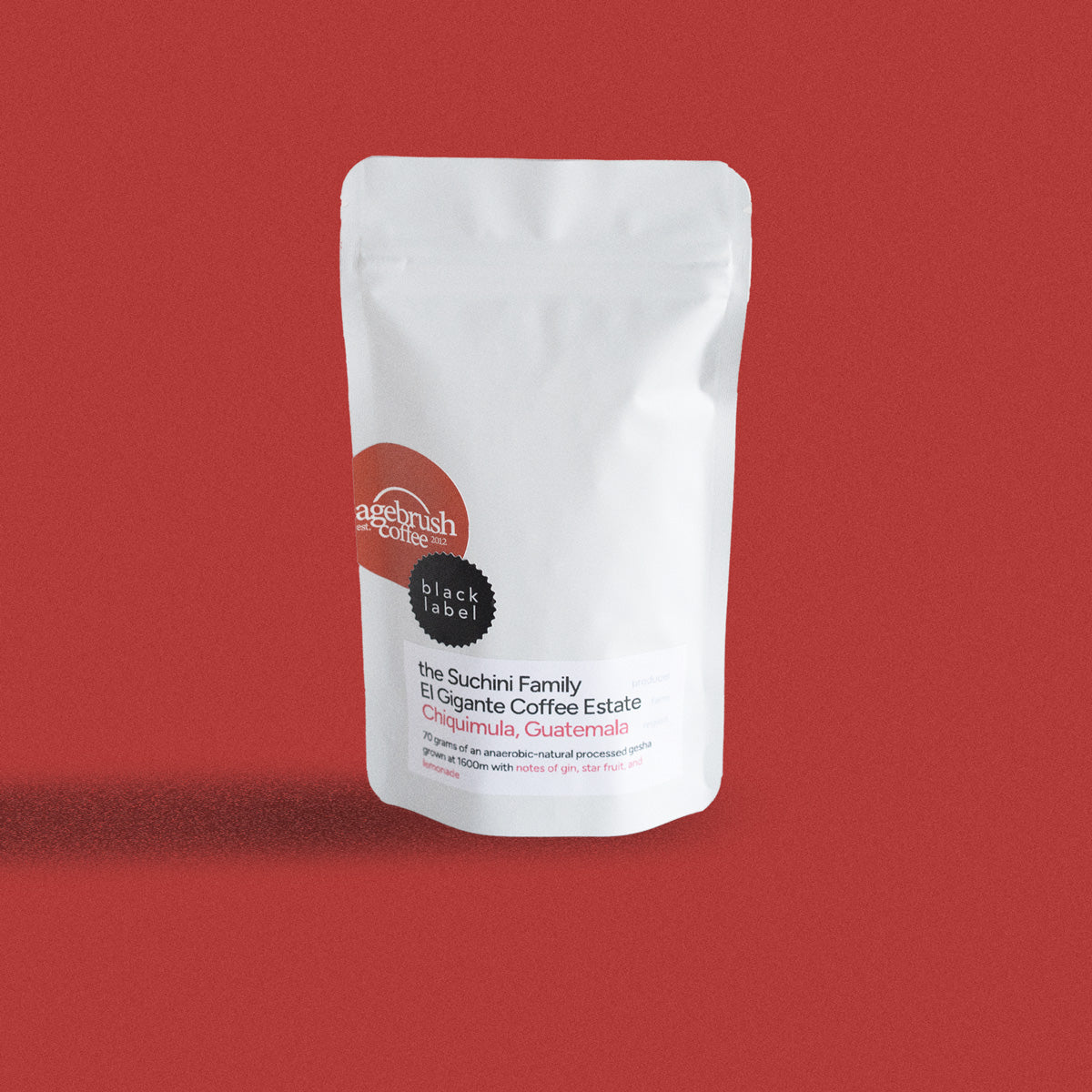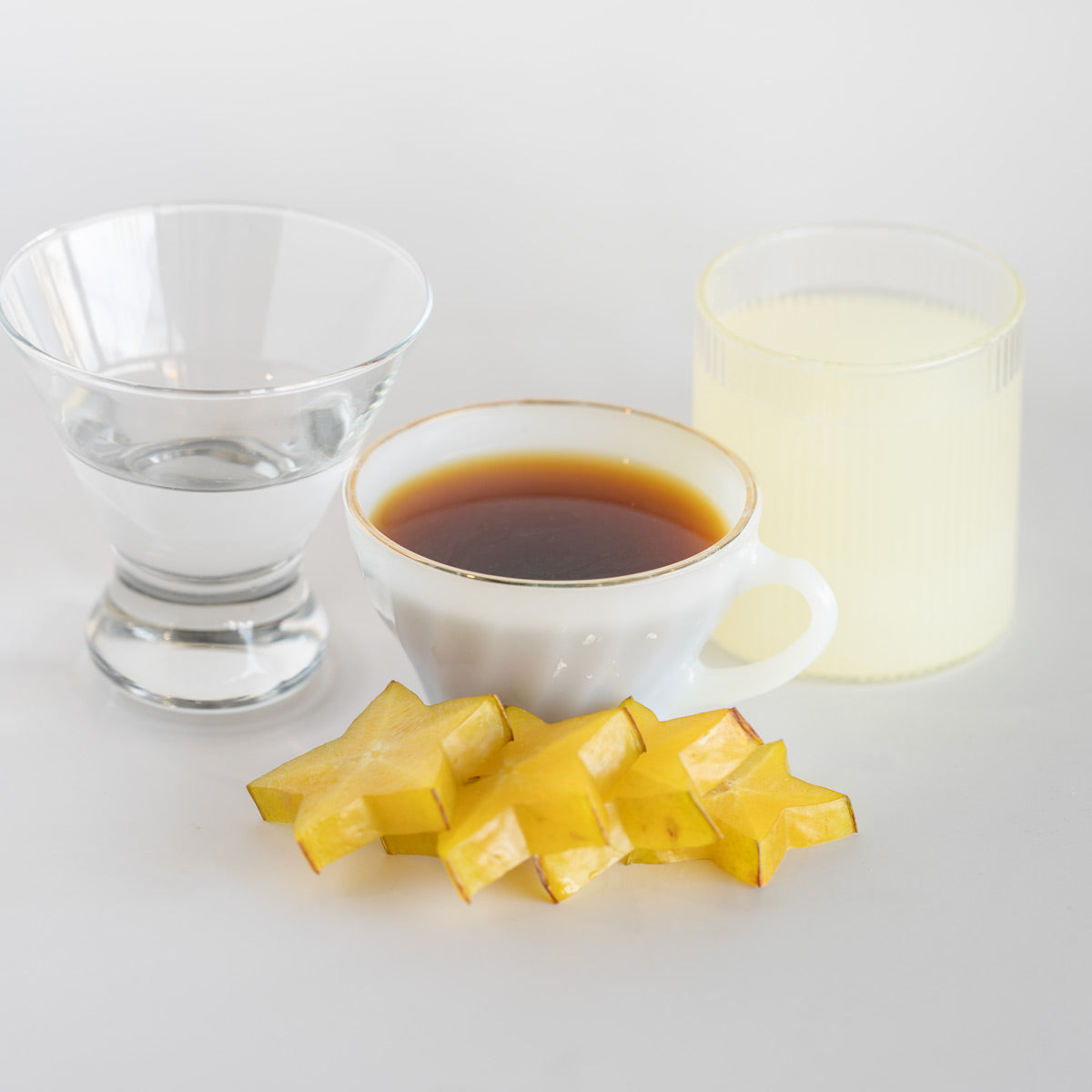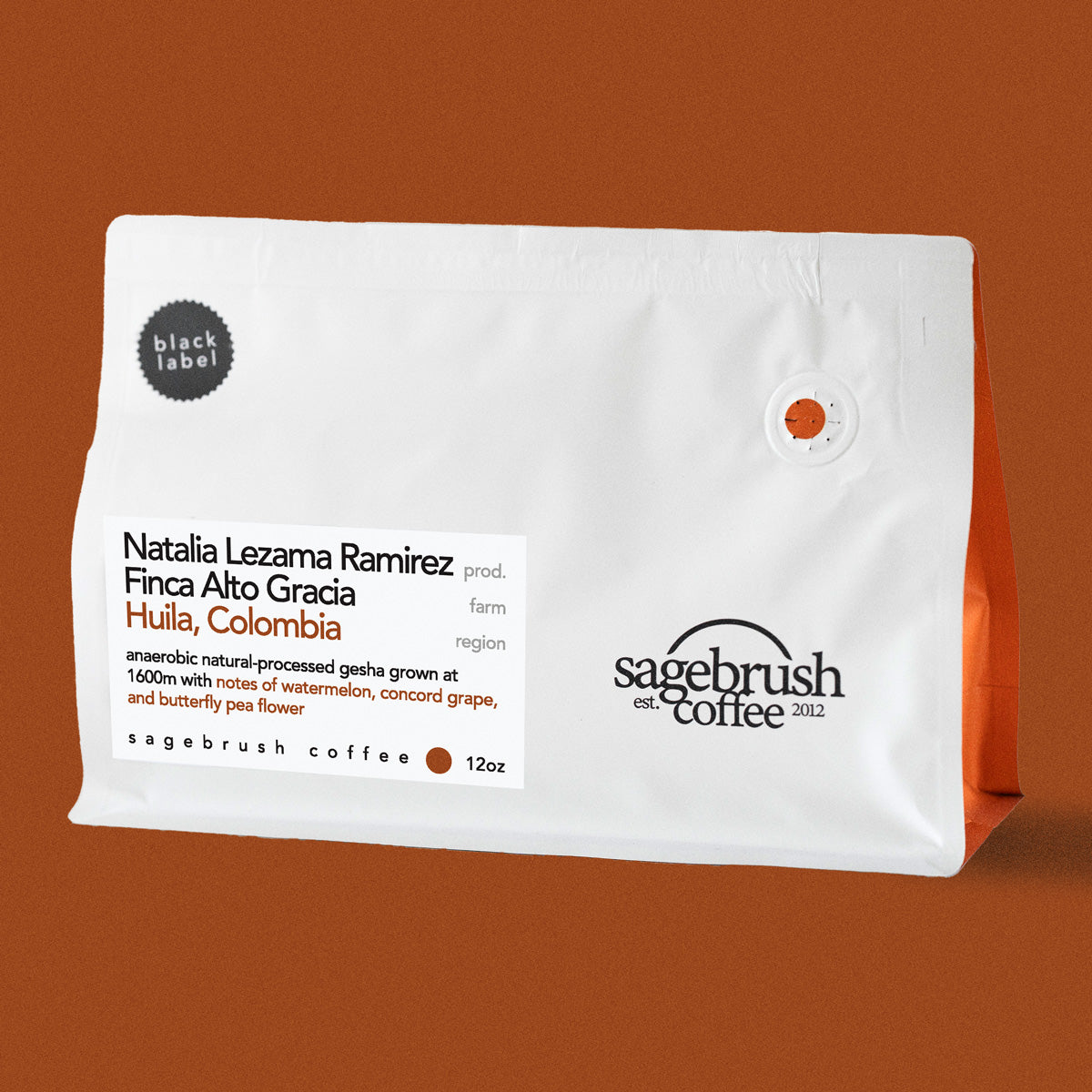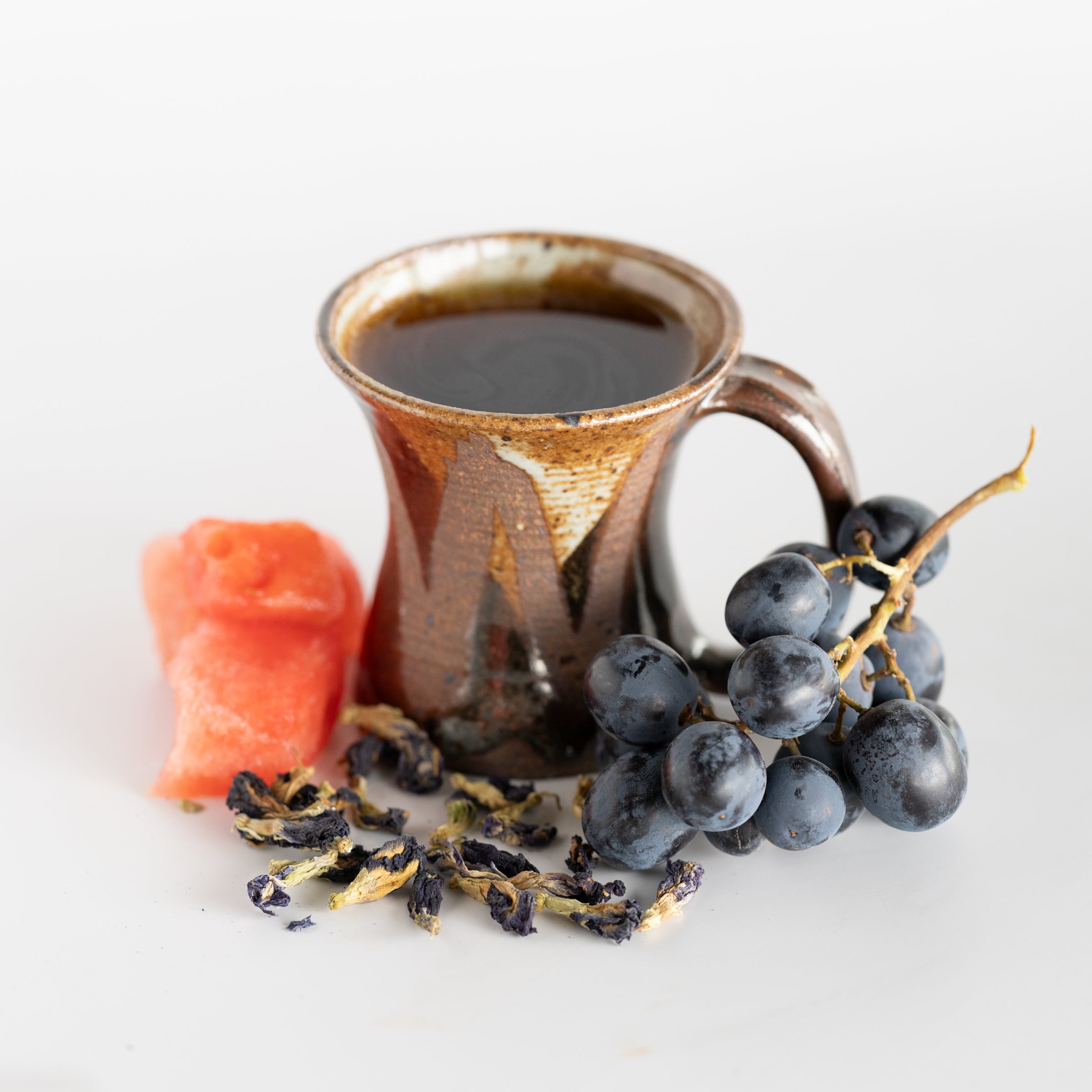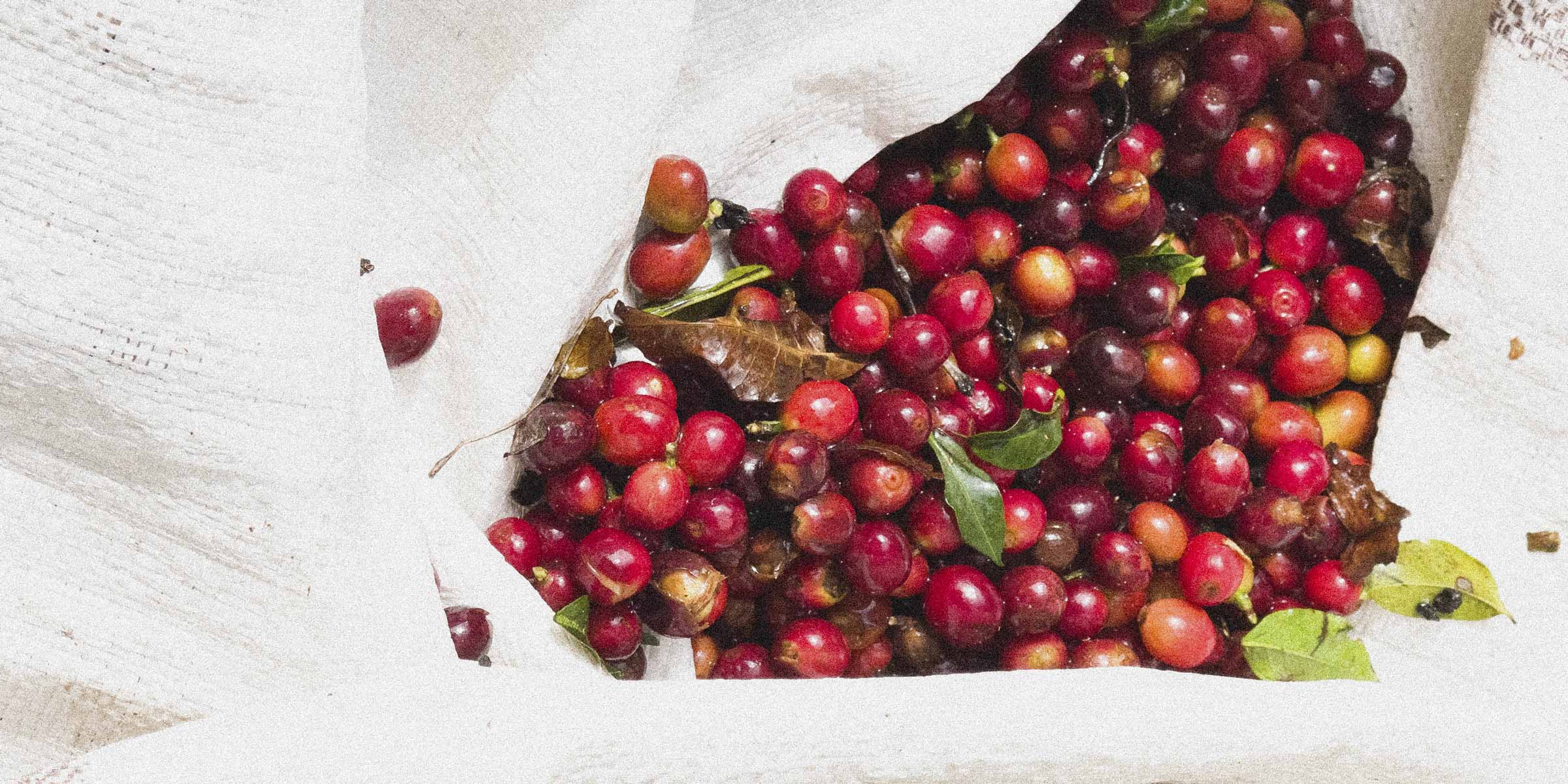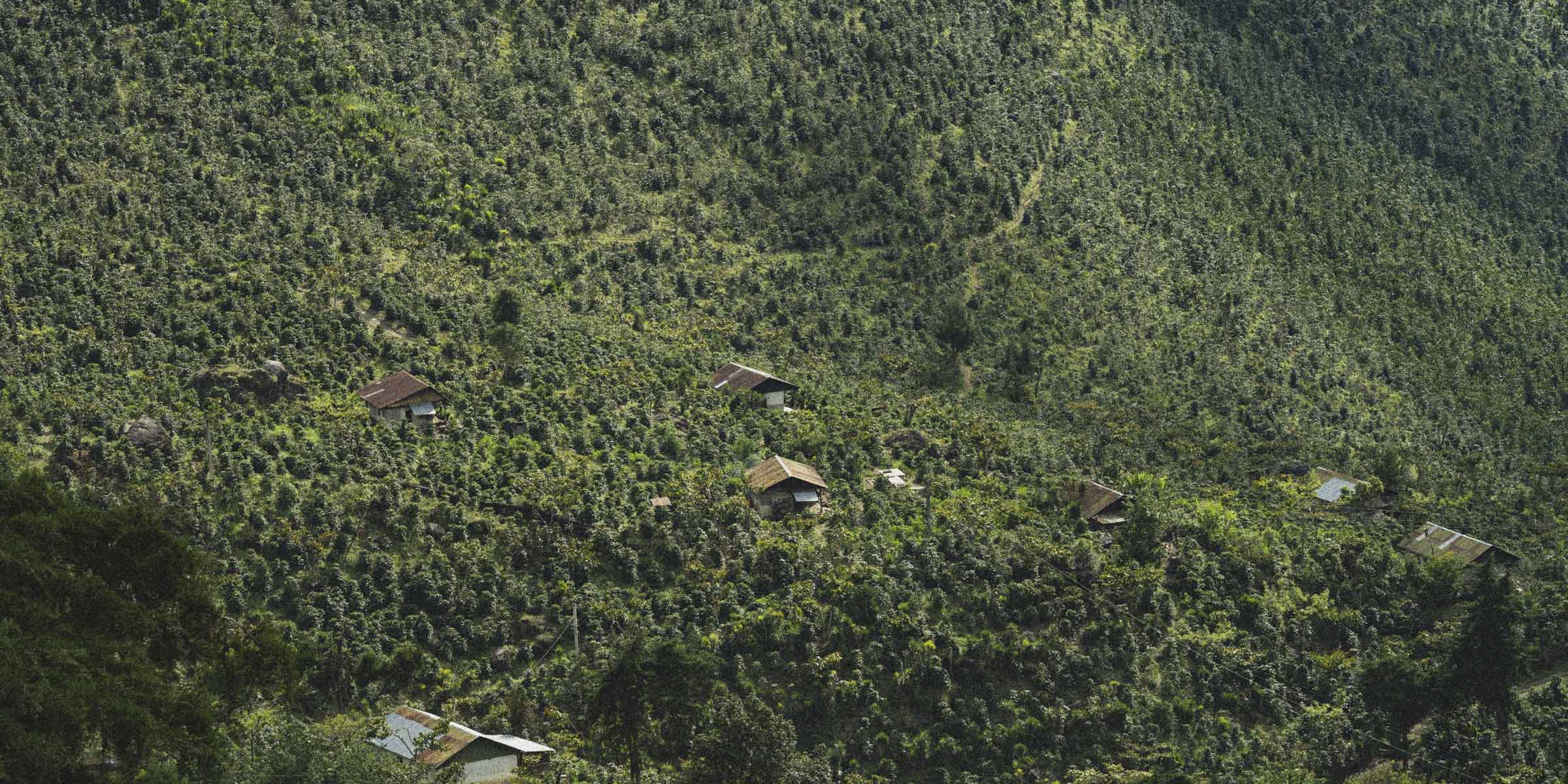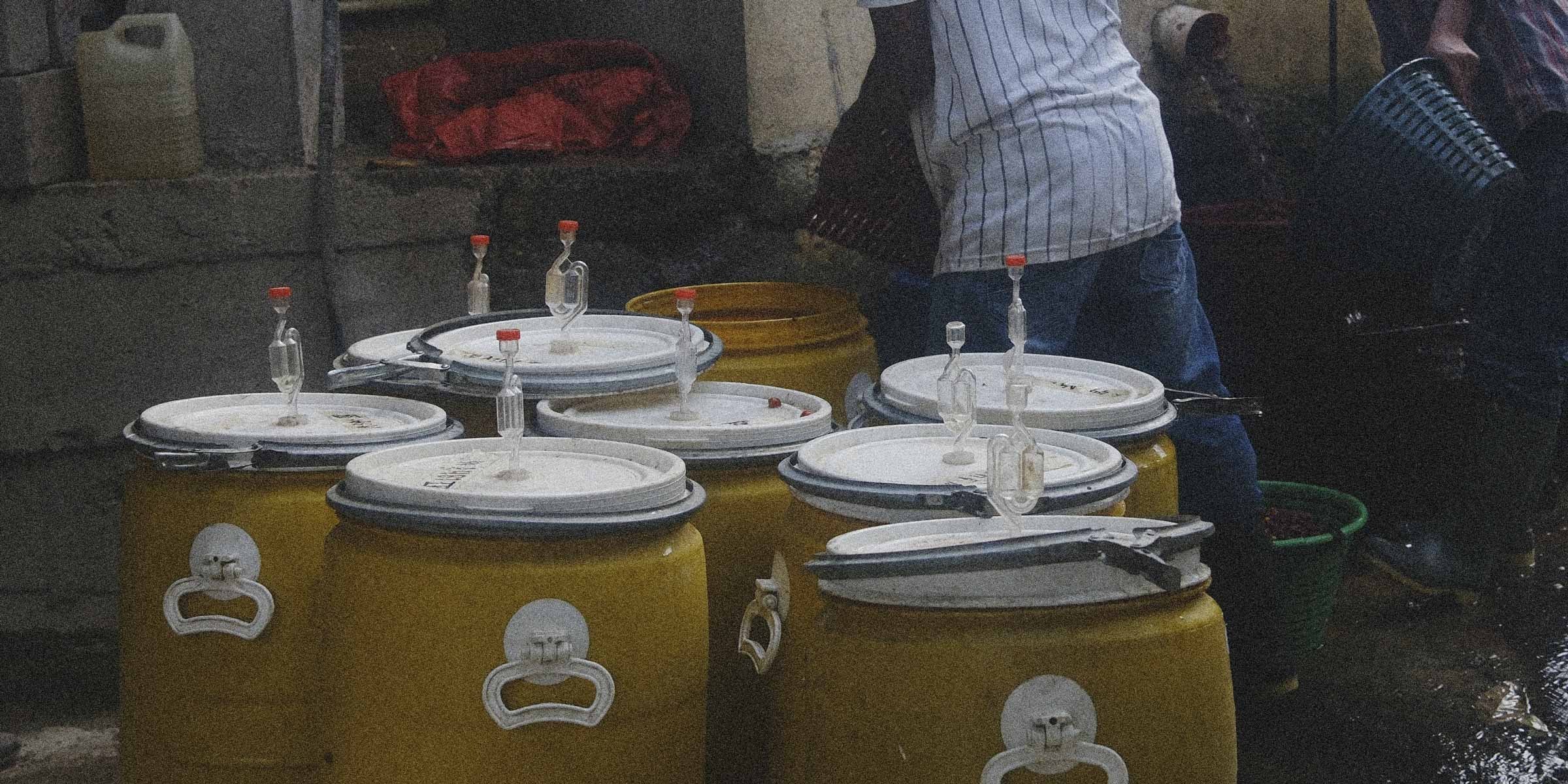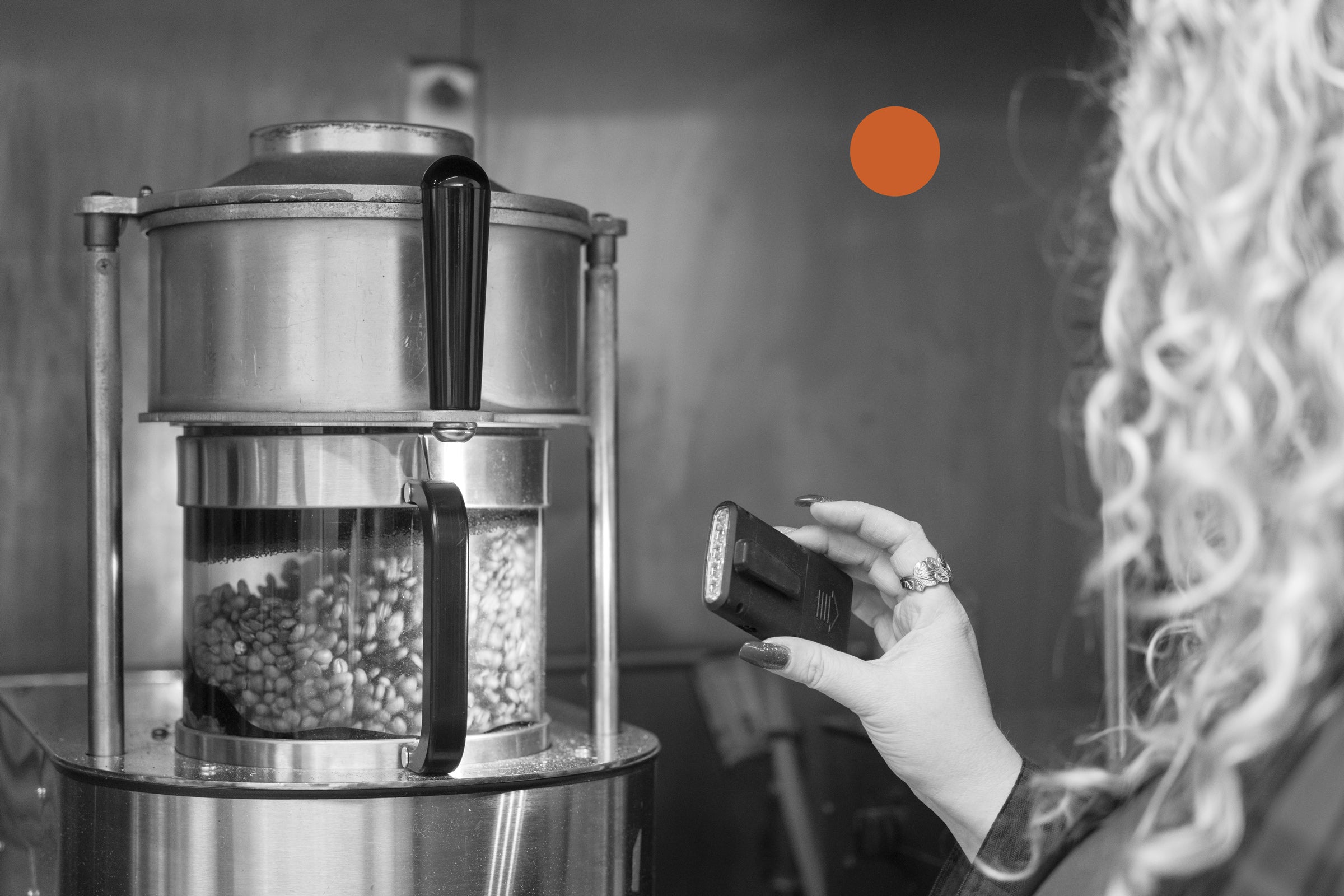Beans and hot water. Doesn't sound so appetizing put like that, does it? Yet every day, millions upon millions of people drink this legendary drink. Coffee is a worldwide staple in culture, a driving force of productivity, and a catalyst for even functioning throughout the day for literally a billion people. There's no denying that we as a species are obsessed with coffee; the real question comes with "why?" Why do we love coffee so much? I mean, it's just a simple drink, right? That's where you're mistaken. The entire coffee process spans multiple continents and experiences more than 15 different processes before it gets to your cup in the morning. But there's no surprise that an industry that affects a billion people can be so vast and extensive, and with so many ins and outs of this world, it can feel like an overwhelming task to get into coffee. So, in this blog, we're going to look at the very tip-top of the iceberg of the coffee world. We'll walk through bits and pieces of the coffee process in brief detail and hopefully spark a whole new understanding and appreciation for your morning cup.
What is the Coffee Crop?
Let's start at the very beginning of the process: the crop itself. Believe it or not, coffee is not a bean at all; it is a seed, and from that seed grows what we refer to as the coffee tree. Generally, that coffee tree produces fruit every year, making the coffee world work on a yearly cycle. Thankfully for us, different countries' rotation cycles are at other points of the year, so we can enjoy fresh coffee crops all year round.
There are two foundational subspecies of coffee: robusta and arabica. In the specialty coffee world, you are not likely to ever see robusta beans, but why? Its ease of cultivation, ability to withstand various temperatures, and high levels of caffeine made it an incredibly dependable crop to produce. The one downside, it does not taste good. Robusta beans lack any dynamic profile that arabica beans can create. Caffeine is an incredibly bitter compound and overpowers anything if not used in moderation, so robusta's high levels of caffeine just put the nail in the bad-tasting coffin. Arabica has far more natural sugar and brightness but takes a more painstaking process to produce. Its plants are too delicate to grow anywhere outside of the region near the equator, its trees yield less fruit, and its fruit is more prone to rot. It was simply illogical for large farms to focus on arabica when robusta was clearly the more profitable crop. Not to mention how remote small farms across the world used to be. There was nothing we could do to get ahold of these premium arabica crops without the proper technology and infrastructure, even though they tasted far better. And the worst part was the general public didn't know what they didn't know. Coffee was simply just a bitter drink and you either liked it, or you didn't.

Another important tidbit about the coffee crop is its varietals. To help you get a gauge of varietals, let's think about apples. What's your favorite kind of apple? Maybe fuji came to mind, granny smith, red delicious. These are examples of apple varieties, which are not exactly the same as varietals, but help get a grasp of it, nonetheless. Yes, coffee is all coffee, but depending on the varietal (whether it's typica, caturra, bourbon, yellow catuai, etc.), the characteristics may be very different. For example, a typica bean will be cleaner and fuller than a bourbon bean, a caturra bean will be more acidic than a yellow catuai, and so on. We won't go incredibly in-depth here, but just know that varietals matter, and they do indeed affect the flavor profile of a coffee.
What Are the Waves of Coffee?
Another term you're bound to come across in the specialty coffee world is the waves of coffee. This is a reference not so much to the drink itself as much as it is a reference to the era of coffee culture.
1st wave- the utilization of coffee
In the 1st wave of coffee (which started in the 1800s), many were not focused on an incredibly dynamic cup with notes of this and notes of that. Instead, coffee represented community. People would convene to coffeehouses for the conversation, for the culture, and for the human experience. Coffee was simply the thing that brought people together.
2nd wave- the enjoyment of coffee
It was only after the growing popularity of arabica spearheaded by companies like Starbucks and Peet's that coffee became the conversation, became the culture, and became the community. People already loved coffee; the fact that it could taste good blew everyone's minds. "Are you telling me I can enjoy coffee AND enjoy how it tastes?" This is really the catalyst in history that brought about the idea of "coffee culture." Around the 1970s, the world shifted from being content in their cup of coffee to seeking after actual quality. Investors rushed to prime arabica farms to boost production, markets boomed, and the 2nd wave of coffee commenced.
3rd wave- the exploration of coffee
Fast forward 30 years and companies like Starbucks have grown to astronomical sizes. Although more exposure of 2nd wave coffee to the world was a good thing, a problem began to develop. Since these giant coffee companies who began this status quo shift in the coffee world became so big, there was no choice but to continually compromise on quality in the name of quantity. There's not much you can really do when you need to supply for more than 2,500 coffee shops worldwide, and so Starbucks lost sight of what brought their success in the first place: pursuing good coffee. Around the early 2000s, many coffee lovers began to realize this shift away from delicious coffee and recentered their focus back to finding the perfect cup. With technological advancements making the world economy more accessible, interacting with small farms was more straightforward, and many took advantage of that. We could find great coffee more easily. Roasting coffee beans became an art; natural flavor profiles were nurtured and celebrated. This is the 3rd wave of coffee. A rekindling of the fire started from the 2nd wave with a greater passion for the farm itself. Terms such as fair trade (a certification dedicated to ethical treatment of small-crop farms) became household words. Roasters have led the way to a greater understanding of the importance of the farm in the coffee process.
4th wave- the science of coffee
In the past 10 or so years, people's obsession with coffee has only skyrocketed. The modern age of the internet has opened horizons upon horizons of opportunity for career paths in the coffee world.
This is where we are today: the 4th wave of coffee. The science of perfection. It carries the same fervency for a good cup of coffee that the 3rd wave had but this time with a greater emphasis on getting better. Open discourse back to farms about cupping notes, how their coffee compares to other farms, and tips on how to improve the bean are all standard practices amongst those involved in the 4th wave of coffee. It isn't simply about enjoying the best cup of coffee, it's about making that "best cup" better and better and better. Extraction science (the science behind perfectly brewing coffee),
Everybody participating in the 4th wave of coffee is a student of coffee, including us here at Sagebrush. Coffee is such a vast network of connections and cultures and sciences, it's impossible to absorb everything.
What are Coffee Regions?

If you've dipped your toe at all into the modern specialty coffee world, then you've probably at least heard of coffees being referred to by their country of origin (ex. "a Kenyan bean," "my favorite coffee is Guatemalan"). This means of identification has become such a commonality for a reason: it creates a built-in sorting system in our heads. Being able to associate coffees into the country in which they were produced not only helps us keep everything sorted and identifiable, but it helps engrain an understanding that geography, economy, and culture play a prevalent part in the flavor profile of the coffee bean itself. When we say a coffee is from Ethiopia, we aren't simply referring to its physical source. We are saying this coffee is a result of centuries of tumultuous labor and development out of complete poverty and hopelessness. There is so much story behind each country's coffee journey. We have an entire series of blogs that explore the histories of almost every specialty coffee country in the world, and you check them out with the list below:
Burundi | Colombia | Brazil | Costa Rica | Ecuador | El Salvador | Ethiopia | Honduras | Kenya | Nicaragua | Peru | Rwanda | Sumatra | Yemen
What is Coffee Processing?
Before we get into coffee processing, remember that this blog covers the basics of the basics. These definitions of processing are somewhat dumbed down to avoid any unnecessary confusion. Just know that the biology and science behind this section are worthy of its own entire blog series.
Big picture: no matter what processing method is used, the coffee will always be soaked in water, and the end result will always be a bean without the cherry casing. You will never find a "processed" coffee bean that still has parts of the cherry on it. Now there are four primary coffee processing methods: dry, wet, semi-washed, and honey process. The easiest way to remember the differences between these four methods revolves around the timing of the removal of that cherry. For a dry process coffee, the cherry is removed after it has been soaked in water. In a wet process, the cherry is removed before it has been soaked in water. In a semi-washed process, the cherry skin is removed, and the remaining fruit is dried for 50ish hours before being soaked in water. And in a honey process (which is a far more painstaking and expensive process), the cherry skin is also first removed, and the beans, along with the sugary mucilage, soak in water before the cherry fruit is removed. So, what's the point of all this trouble? Does processing really make that big of a difference? The answer is absolutely. We here at Sagebrush are quick to say that coffee processing affects the flavor of the bean far more than any piece of the coffee supply chain. A dry process Guatemalan will be more similar on the nose to a dry process Ethiopian than it would be to a wet process Guatemalan; that's how drastic of a difference it makes.
What is Coffee Roasting?
Coffee roasting can be described easily in the language of steak. You don't marinate a cut of premium A5 Wagyu beef; all you need is a dash of salt and some intentional care in grilling. Why? Because the meat itself is so unique and flavorful on its own, there's no need to go overboard with your own flavoring techniques or preparation styles (and you wouldn't DARE burn that steak). The exact mentality applies to our coffee, both in its roasting and brewing. These beans are cultivated in a way that is far more worthy of showcase than anything us roasters could accomplish on our own. Sagebrush's philosophy around roasting revolves around one goal: to put on display the hard work of the coffee farms and what they've done in the coffee supply chain. Without the intentionality and care of the farmers, our coffee would be nothing more than another grocery store bean, and any roaster who claims otherwise either isn't appreciating the coffee process enough or is not involved in the coffee process very intentionally, if at all.

Above is a common shape in the coffee roasting world: the roasting curve. This is a temperature-over-time graph displaying the "cooking" process of a common coffee bean.
That's not to say we don't take pride in the way we roast these beans. It's taken years of thorough study, testing, and perfecting to develop roasting profiles that successfully showcase the natural flavor of each and every coffee we offer. Roasting coffee is a craft not easily mastered, and we're confident to say that our ability to consistently bring you delicious coffee is far greater than many other roasters.
The Coffee Brewing Process by Answering the Question What is Extraction?
The brewing process starts with the act of grinding coffee. This provides the surface area necessary to accomplish extraction. Extraction is really just a fancy term for getting to the good stuff; all the flavor and caffeine that our favorite coffee contains. Grinding, increases surface area and speeds up this process. Depending on your brewing method, the ideal grind size will change.
When it comes to brewing, there are two different extraction methods for a cup of coffee, percolation and immersion. The percolation brewing method involves water constantly flowing through a bed of ground coffee and a filter. This is typically seen in drip coffee or a v60 pour over method.
In the immersion brewing method, water is poured into coffee grounds rather than flowing through them. A clear example of this is a french press or a cupping table.
When brewing coffee, typically hot water is used whether its a percolation or immersion method. The addition of hot water speeds up the molecules inside the coffee grounds encouraging them to move rapidly, and allowing them to grab and hang onto the particles of acids and sugars the coffee contains which are then pulled into our awaiting cup.
Cold water can be used, but it will take hours to brew a cup of coffee where as hot water will ensure our time frame can be met in minutes or even seconds. While there are a number of other factors that impact the extraction process, generally speaking, after the appropriate time passes we are able to enjoy our freshly brewed cup!
In this article, we’ve talked about the coffee crop, varietals, and the various waves of coffee. We’ve briefly explored the regions of the coffee belt, coffee processing, roasting, and brewing.
We’ve started to get a glimpse of just how massive the coffee supply chain is from farm to cup. At Sagebrush, we’ve made it our mission to put on display the hard work of our farmers and producers.
Roasting coffee is a craft not easily mastered, and we're confident to say that our ability to consistently bring you delicious coffee sets us apart.
Sagebrush Coffee Roastery has been around since 2012, and as we've continually plugged ourselves more and more into the world of coffee, our personal relationships with farms have improved, our experience in roasting processes has been perfected, and our love for coffee has only grown. Our love of this craft is proof that we’re just getting started. Every year we feel like we’ve grown and are excited to have you grow with us.
